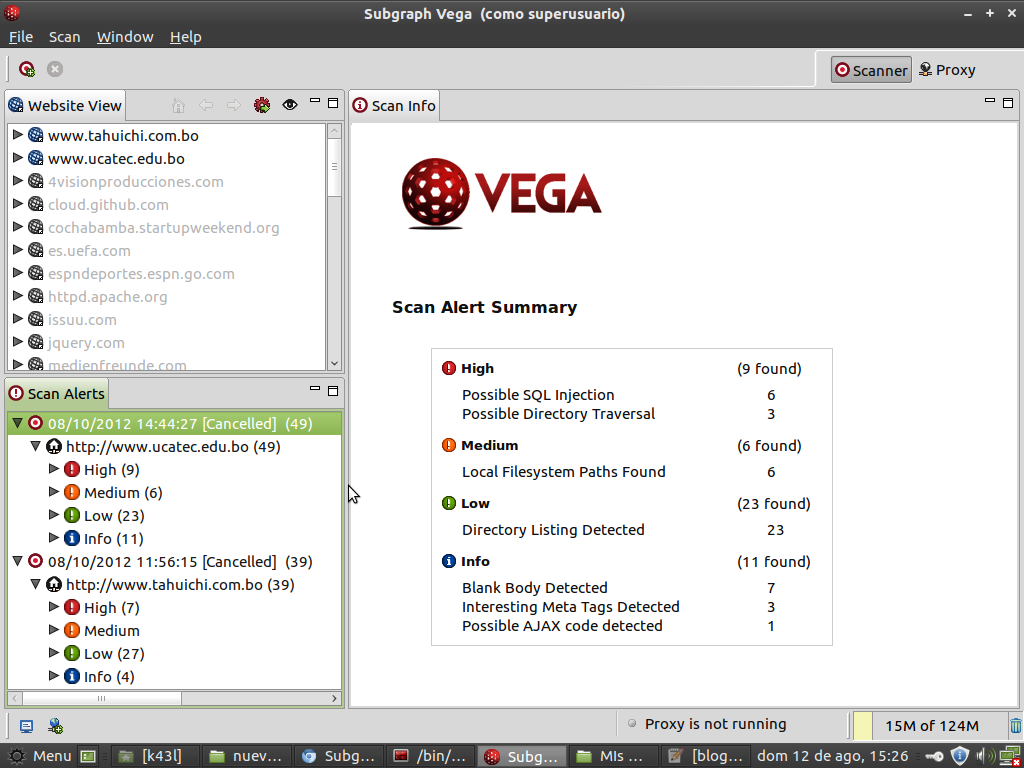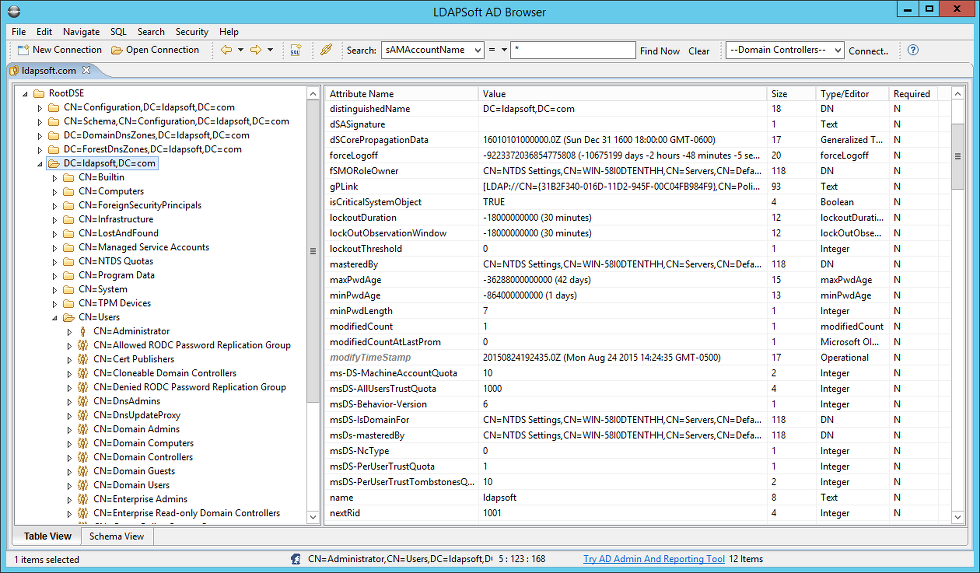

- Ldap exploring tool for mac update#
- Ldap exploring tool for mac full#
- Ldap exploring tool for mac pro#
- Ldap exploring tool for mac password#
TechTool Pro 8 brings with it some of the deepest hardware testing yet - testing components on your motherboard that no other utility can access.
Ldap exploring tool for mac full#
Easy to use for both home users and professionals, TechTool Pro utilizes full 64-bit compatibility to keep your Mac running at its best. Table B-1 defines the optional arguments used in the command descriptions and examples.TechTool Pro 8 is the most robust hardware diagnostic tool available for Macintosh. Optional Arguments for Command-Line Tools Then it assigns to the entry uid=oball,ou=sales,ou=people,dc=acme,dc=com a new parent entry, ou=marketing,ou=people,dc=acme,dc=com.
Ldap exploring tool for mac password#
This command authenticates user orcladmin to the directory myhost, using the password welcome. N "ou=marketing,ou=people,dc=acme,dc=com" b "uid=oball,ou=sales,ou=people,dc=acme,dc=com" \ Syntax ldapmoddn -b " current DN " -R " new RDN " -N " new Parent "Įxample ldapmoddn -h myhost -p 389 -D "cn=orcladmin" -w welcome \ move an entry or subtree to another location in the directory.You can use ldapmodify instead of ldapadd and ldapdelete to add or delete entries. The file might, for example, change the telephone number attribute of entry uid=hricard,cn=sales,cn=acme,dc=com. The command then opens the file hricard.ldif and modifies the directory entries specified by the file. Using this command, user orcladmin authenticates to the directory myhost, located at port 389. Syntax ldapmodify Įxample ldapmodify -h myhost -p 389 -D "cn=orcladmin" -w welcome -f hricard.ldif modrdn-modifies the RDN of an existing entry.modify-changes an existing entry, that is, it adds, deletes, or replaces attributes of the entry.Within the file itself, you use the attribute changetype to specify the type of change. Ldapmodify uses a modified form of an LDIF file. Then it opens the LDIF file supplied as an argument and modifies the LDAP entries specified by the file. ldapmodify opens a connection to the directory and authenticates the user. Use the command-line tool ldapmodify to modify existing entries. Then it deletes the entry uid=hricard,ou=sales,ou=people,dc=acme,dc=com. "uid=hricard,ou=sales,ou=people,dc=acme,dc=com" Syntax ldapdelete " entry DN "Įxample ldapdelete -h myhost -p 389 -D "cn=orcladmin" -w welcome \ ldapdelete opens a connection to a directory server and authenticates the user. Use the command-line tool ldapdelete to remove leaf entries from a directory. "LDIF" for details about LDIF file syntax The file might, for example, add the entry uid=jhay,cn=Human Resources,cn=acme,dc=com and its object classes and attributes. The command then opens the file jhay.ldif and adds its contents to the directory.

Syntax ldapadd Įxample ldapadd -h myhost -p 389 -D "cn=orcladmin" -w welcome -f jhay.ldif Then it opens the LDIF file supplied as an argument and adds, in succession, each entry in the file. ldapadd opens a connection to the directory and authenticates the user. Use the command-line tool ldapadd to add entries to the directory. The example assumes anonymous authentication because authentication options are not specified. No attributes are returned because they have not been requested. The search filter "objectclass=*" means that values for all of the entry's object classes are returned. The scope of the search ( -s) is base, and the part of the directory searched is the base DN ( -b) designated. This command searches the directory server myhost, located at port 389. Syntax ldapsearch filter Įxample ldapsearch -h myhost -p 389 -s base -b "ou=people,dc=acme,dc=com" \ ldapsearch opens a connection to a directory, authenticates the user performing the operation, searches for the specified entry, and prints the result in a format that the user specifies.

Use the command-line tool ldapsearch to search for specific entries in a directory. This command authenticates user orcladmin to the directory server myhost located at port 389, using the password welcome. Syntax ldapbind Įxample ldapbind -h myhost -p 389 -D "cn=orcladmin" -w welcome You can also use ldapbind to find out if the server is running. Use the command-line tool ldapbind to authenticate to a directory server. The section "Optional Arguments for Command-Line Tools", immediately following, defines the optional arguments used in the command descriptions and examples. This section introduces six popular command-line tools. Optional Arguments for Command-Line Tools.The appendix covers the following topics: The LDAP C-API provides a number of simple command-line tools that together cover all three categories.
Ldap exploring tool for mac update#
LDAP protocol operations are divided into three categories: authentication, interrogation, and update and control.


 0 kommentar(er)
0 kommentar(er)
